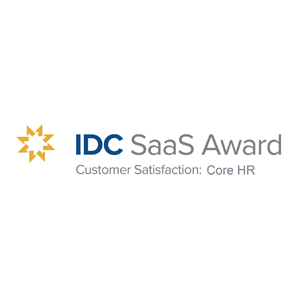Paychex HR and Payroll Services in Massachusetts
Paychex empowers Massachusetts businesses to achieve their full potential by simplifying HR, payroll, and benefits management with a user-friendly solution that adapts to evolving business needs.
Get a Free Quote
Paychex Services for Massachusetts Businesses
Easy-To-Use Payroll Services
Automate payroll processing from your desktop or mobile device. We’ll also calculate, file, and submit your payroll tax payments.

Track Time More Accurately
Start tracking time more efficiently with a range of time collection options. Our systems fully integrate with Paychex Flex® Time, our intuitive, cloud-based time and attendance solution.
Benefits Administration Made Easy
Empower your employees and business when using retirement services to secure a more stable future with Flexible 401(k) plan and investment options to stay competitive.

Streamline the Onboarding Process
Welcome new hires more efficiently with all-in-one onboarding services, greater efficiency transitioning new hires into company benefit programs, and much more. Our Paychex Flex® online platform makes it easy.

A Single Platform for your HR, Payroll, and Benefits: Paychex Flex®
Our Paychex Flex award-winning technology can scale to serve any business, giving employers a customized solution to the most pressing HR and payroll needs.
Convenient Service for Massachusetts Businesses
- Help with Insurance and Workers’ Compensation
- Mobile app to manage your business on the go
- Stay in control of your HR infrastructure
- Manage employee life cycles— recruitment to retirement

Contact a Paychex Payroll and HR Consultant
With five decades of experience and approximately 740,000 clients, we use industry expertise, innovative thinking, and extensive customer support to work with you the way you want to work. With Paychex, you’ll work with people who listen and focus on what matters to you… running your business smoothly.

Find the Right Solution for Your Business
Paychex has the technology, expertise, and customer service that can help your business move forward by finding the right solution that works best for your individual business needs.
How Many Employees Do You Have?
Paychex Is the Smart Choice for Payroll and HR Services
More than 50 years’ experience helping businesses pay their employees.
- HR Tech Award for Best Small and Mid-Sized Business Focused Solution
- Flexible 401(k) plan and investment options to help your business compete for talent
- Agency offering general liability, umbrella, cyber liability, and commercial property insurance

Additional Resources for Businesses in Massachusetts
Payroll Solutions for Businesses of Every Size
Paychex Payroll Services can save you and your business time so that you can focus on what matters most. Hear from our customers about why they choose Paychex to help ease the payroll burden.
“(With staff in multiple states), we had different state labor laws (to deal with) … we didn’t have the resources to address …. Paychex sorted through that for us so we didn’t have to spend any time or effort on figuring it out.”

"Julie [my Paychex HR consultant] does a good job of bringing the best out of us."

“Payroll, HR, keeping up with the changing IRS rules; these are things that are critical to making our business hum … Not having to invest in the back office means we can put our resources into our core business.”

"As a recruitment tool, the 401(k) is a very integral part of what we offer our employees."










